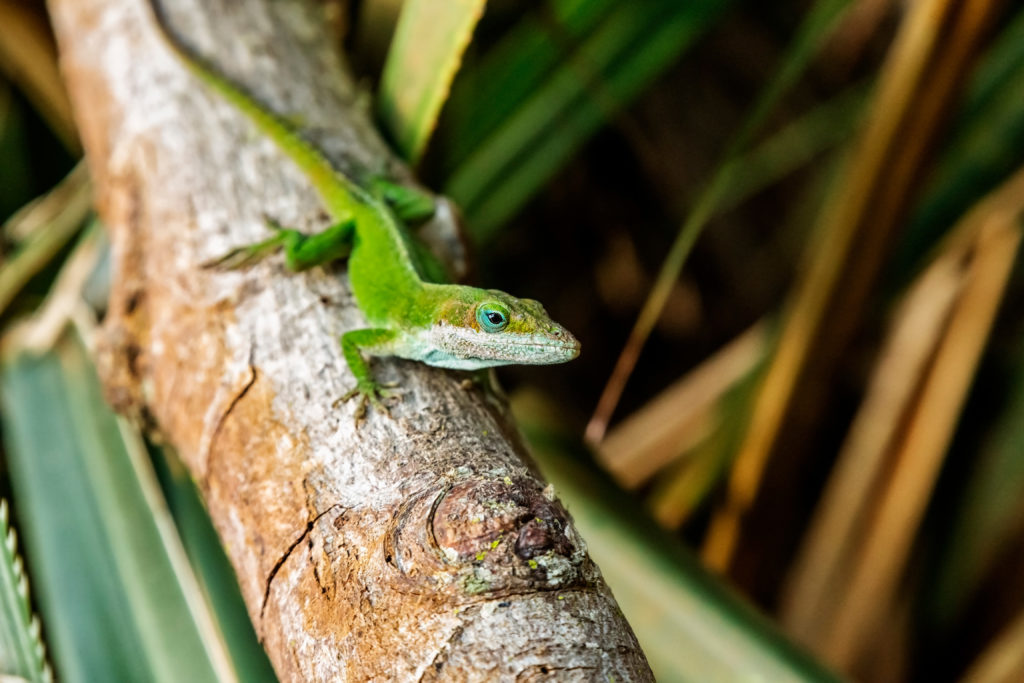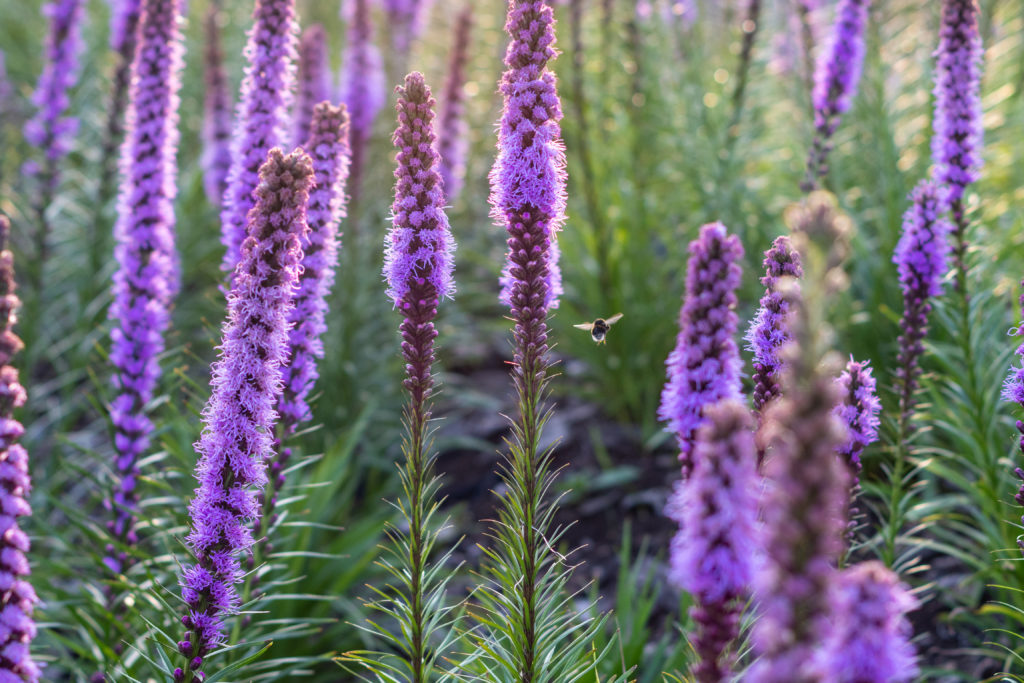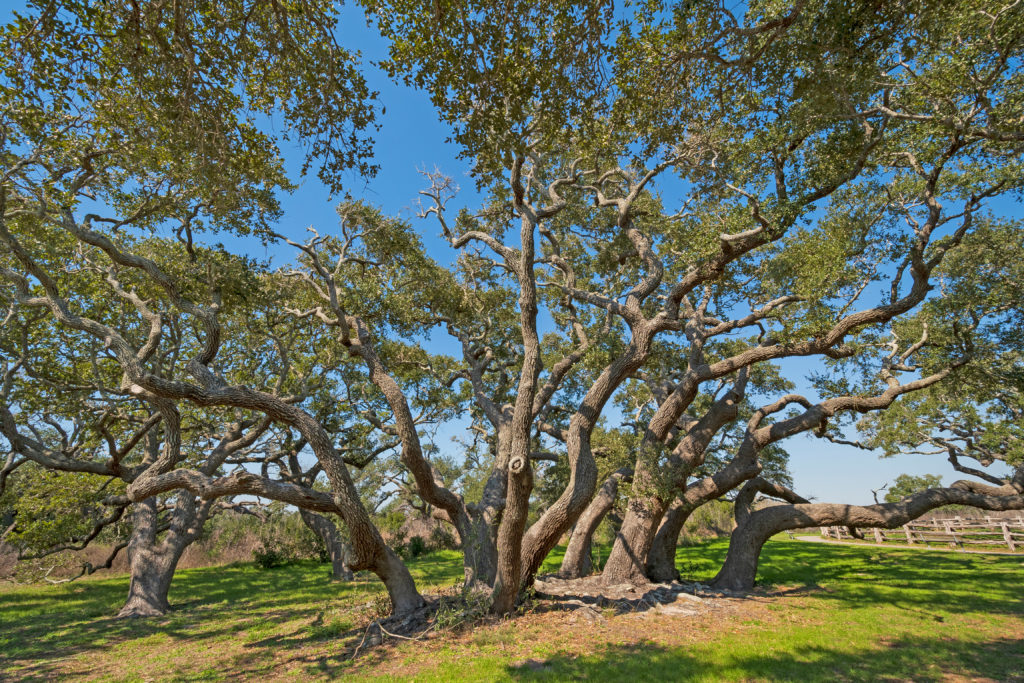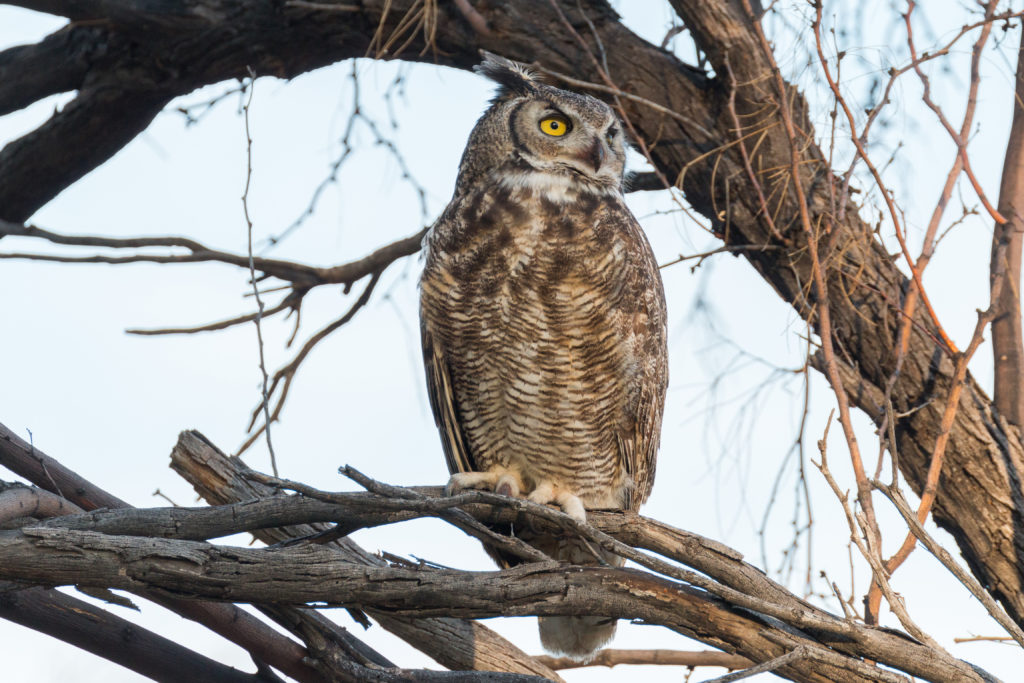Texas Nature Scavenger Hunt for Kids
A Texas nature scavenger hunt is a great way to get kids outdoors to appreciate the beautiful world around us.
Each summer, Texas Parks & Wildlife hosts a Great Outdoor Scavenger Hunt that challenges Texans to explore some of the history, wildlife, parks, and waterways around the state. Inspired by their efforts, we’ve designed a DIY nature scavenger hunt that starts in your own backyard. Along the way, your family will learn about the wide variety of fauna and flora that’s often right under our noses.
We’ve designed this hunt to offer challenges both simple and tough to sniff out. The goal is to rediscover wonders that are hiding in plain sight — the plants that grow in our neighborhoods and the little critters who make their homes within the areas we’ve settled. But some of these challenges will require you to head out into the wild, find a nearby park or preserve, and go looking for the more distant wonders hiding in Texas’ natural environment.
Getting Started
The great thing about scavenger hunts is that all you really need are your eyes and curiosity to get going. That said, we suggest you start by getting a sheet or pad of paper and copy down items from our list (or your own!). You can always swap items on this list for ones that work better for your area.
Begin with backyard challenges and then, depending on where you live and what’s nearby, expand your search. You can also use a phone or camera to document your search. Challenge your children to find each checklist item and snap a picture to create a visual log of all the things you’ve found.
Safety first! Before you get started, remember to use caution whenever you are outdoors. Watch out for dangerous plants such as poison ivy, poison oak, and poison sumac. Texas is also home to venomous snakes, creepy crawlers that bite, and other potentially dangerous critters.

Tiny Critters
Ladybug: These beetles are instantly recognizable by their red-and-black-spotted wings. They like to live in gardens and hang out on plant leaves. Bonus points if you can snap a photo of one on your finger — they’re very friendly!
Lizard: There are many kinds of lizards darting around our yards. The easiest to find are geckos and green anoles. They like sun but also hide in shady cracks during the hottest hours of the day, watching for insects to scoop up for a snack.
Snail: The best time to spot these nocturnal little guys is in the early morning on cool, wet days. Begin by looking for the long, wet trails they leave when they squirm across concrete paths.
Worm: Find some moist, rich dirt and get digging. You’re sure to come upon one of these wriggly creatures that help keep soil healthy.

Wildflowers
Gayfeather: This feathery purple prairie flower blooms from summer through December. They are especially prominent in the Hill Country, where you’ll likely see butterflies and hummingbirds hovering around them.
Sunflowers: Nearly 20 varieties of these yellow flowers flourish in Texas between March and December. Often found in fields, they’re hard to miss.
Winecup: You can recognize these purple and burgundy flowers by the shape of their petals, which resemble a small bowl. Look for them in grassy, prairie areas with plenty of sun.
Yucca: Although you may find these perennial shrubs in dry, open areas, you might also be able to spot a few growing in neighborhood gardens.

Trees
Bur oak: These towering trees can grow over 100 feet tall and are best identified by the small lobes of their leaves and their deep-ridged bark.
Cedar elm: Look for scaly bark, drooping branches, and leaves that are small and rough to the touch. These trees can grow to heights of 75 feet with trunks 2 to 3 feet in diameter.
Elm: Elms are recognizable by their oval leaves with pointed tips and grey bark with deep furrows.
Live oak: Unlike their relative the bur oak, live oaks do not have deep furrows in their bark, and their leaves are narrow, long and stiff.
Texas ash: You can spot an ash tree by looking for a medium-sized tree growing upward of 45-feet tall, with teardrop leaves and an oval-shaped canopy.

Wily Critters
Note: Remind your children to keep a safe distance from any wildlife you encounter, both for their own safety and the animals’.
Bobcat: Like coyotes, bobcats have been sighted more frequently as urban expansion encroaches on their habitats. They are very good at moving unseen and do a lot of their hunting at night. The best time to spot a bobcat may be early morning, though you could also look for tracks along the muddy banks of creeks.
Coyote: In recent years, these little guys have become easier to spot in urban and suburban environments. They like areas that offer plenty of space to roam or hide, such as neighborhoods adjacent to open natural areas, parks, or cemeteries.
Owl: Spotting an owl may prove tougher than hearing one. Start your search near any densely wooded area by listening for hoots. You may also look for trees that show evidence of hollowed-out owl habitats.
Raccoon: These curious guys are best spotted around dusk when they have woken from a day’s slumber and are out looking for food. In urban environments, look for raccoons near food sources such as trash cans and water sources such as urban creeks (or the bowls you might leave outside for pets).
To take your Texas nature scavenger hunt to a new level of difficulty, try adding historical artifacts to the list. Here’s our guide to unearthing arrowheads.
© 2021 Texas Farm Bureau Insurance



